As an Amazon Associate, I earn from qualifying purchases. In addition, I participate in several other affiliate programs that allow me to earn while I recommend products I love.
If you’re looking for ways to make your cookies softer because you prefer a soft bite instead of a crunchy cookie (because, duh), this guide on how to make softer cookies is going to make sure you have plenty of cookie baking tips for the perfect, pillowy soft cookie.
While we do have a guide on how to fix dry cookies, this guide is not about making cookies soft after you bake them, but baking them in a way that is going to leave you with decadent, soft cookies that are more like pillows than cookies in the best way possible.
There are certain cookies that should just be soft by default, like a snickerdoodle, but there are others, like chocolate chip cookies, that can be soft, crunchy, chewy, etc depending on your preferences.
You can use these tips on how to make soft cookies with the vast majority of cookie recipes, though keep in mind that there are a couple types, like a lace cookie, that are actually meant to be harder!
From adding extra ingredients to swapping ingredients to baking hacks that don’t require any additional effort, here is the ultimate guide on baking cookies that are soft!
1. Bake for a Minute or So Less
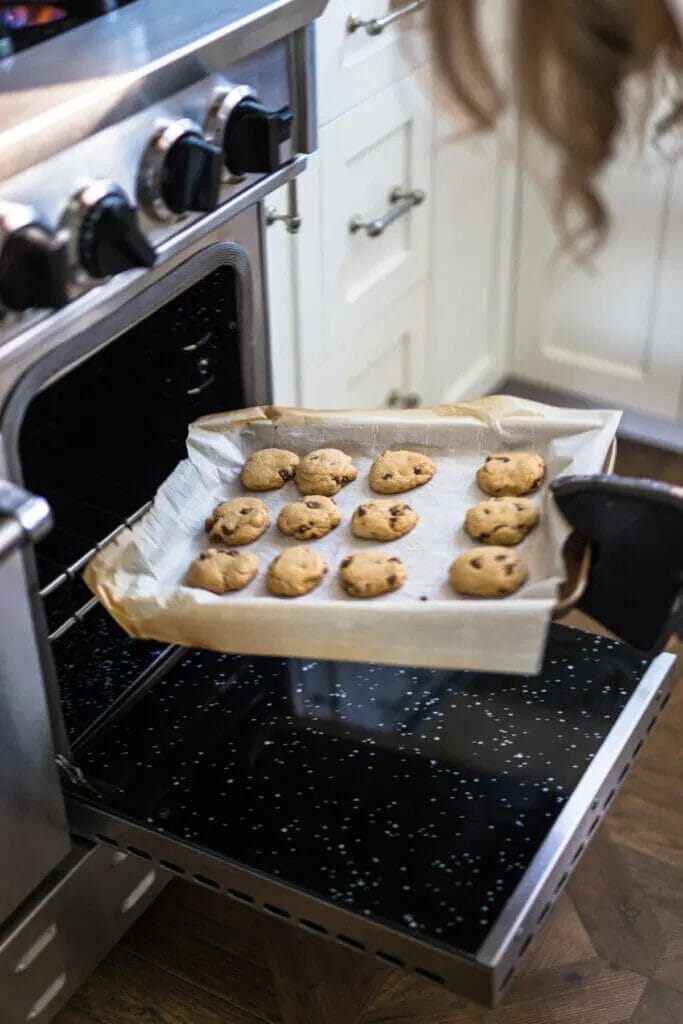
Overbaking is one of the key culprits of hard cookies, and often you will end up with a harder cookie than you expected because your oven is baking hotter than the person who wrote the recipe.
You can always bake your cookies for a minute or so less than the recommended time given in the recipe, or even go so far as to take it out a couple of minutes early to test it out and see if you get softer cookies.
Many people suggest taking out the cookies just as soon as the centers appear to have set, even before they start browning.
If you take cookies out of the oven once they’ve gone golden, you’re going to end up with a pretty hard cookie because they are going to set and cook longer once you take them out – the baking process doesn’t just end immediately.
Bake your cookies for less time and you’ll end up with softer cookies!
2. Put Cookies in the Fridge for an Hour Before Baking

Cookies that are thicker are usually cookies that are softer, whereas cookies that have spread quite a bit are going to naturally be harder.
To help combat your cookies spreading and becoming thin and crunchy, put the dough in the fridge for at least an hour before baking (up to 24 hours) as this will keep the butter cold and slower to spread.
Many people put the full dough in the fridge, wrapped in saran wrap, but I prefer to shape the cookie dough on the baking sheet and put the entire baking sheet with individual cookie dough in the fridge.
Then, simply pull it out and put it directly into a preheated oven.
3. Add Cornstarch to the Recipe
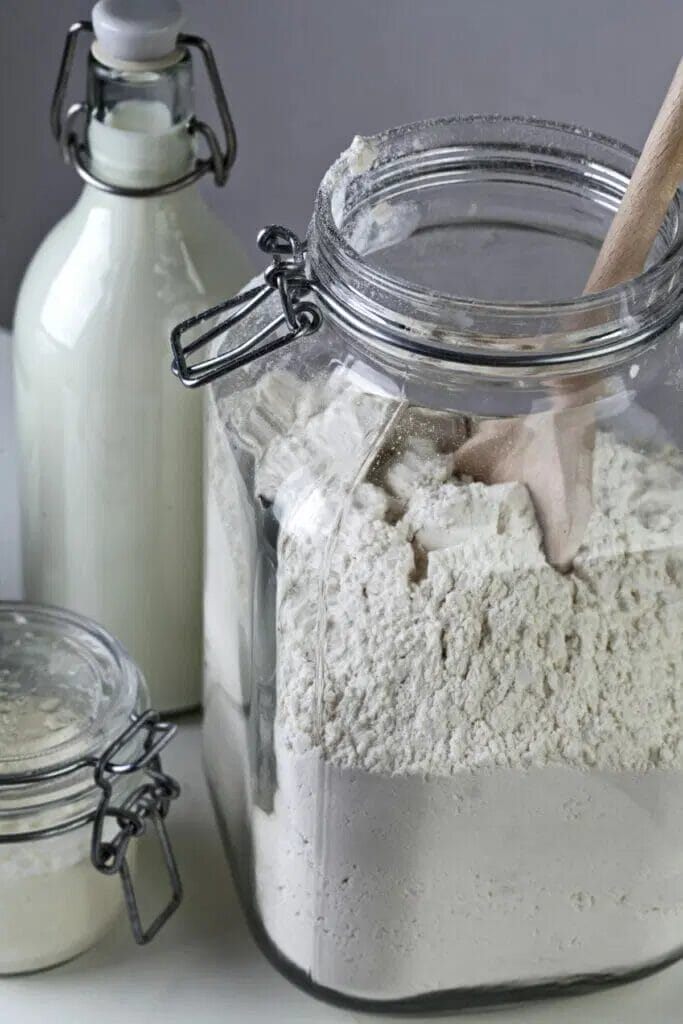
Believe it or not, cornstarch added to your cookies, even just a teaspoon or so, can really help bring out the tenderness and keep the cookies soft.
Usually, you would subtract the amount of cornstarch you’re adding from the amount of flour that you’re using.
There are multiple theories on why it works, with one being that the cornstarch binds with the water in the recipe quicker and helps avoid gluten forming (which can make for a tougher cookie).
4. Add Pudding Mix

Many people swear by adding pudding mix to the batter for softer and thicker cookies.
You’re not actually making pudding, you’re just adding the dry (instant) pudding mix to the batter on top of your other ingredients.
The result is a much creamier and softer cookie with little extra effort.
You can make chocolate pudding cookies, chocolate chip pudding cookies (add vanilla pudding), or even funfetti pudding cookies!
5. Add Baking Powder

Adding a bit more baking powder to your recipe (or adding baking powder at all, about 1/2 a teaspoon) can help give you softer and fluffier cookies.
I like to remember baking powder versus baking soda because “p” is for “puff” and “s” is for “spread.”
Both create different chemical reactions in your cookies, with baking powder helping to puff them up.
Puffed up cookies usually means thicker and softer cookies, and it’s another way way of making soft cookies that doesn’t require much work or ingredients that you don’t have at home.
6. Use Half Butter and Half Shortening
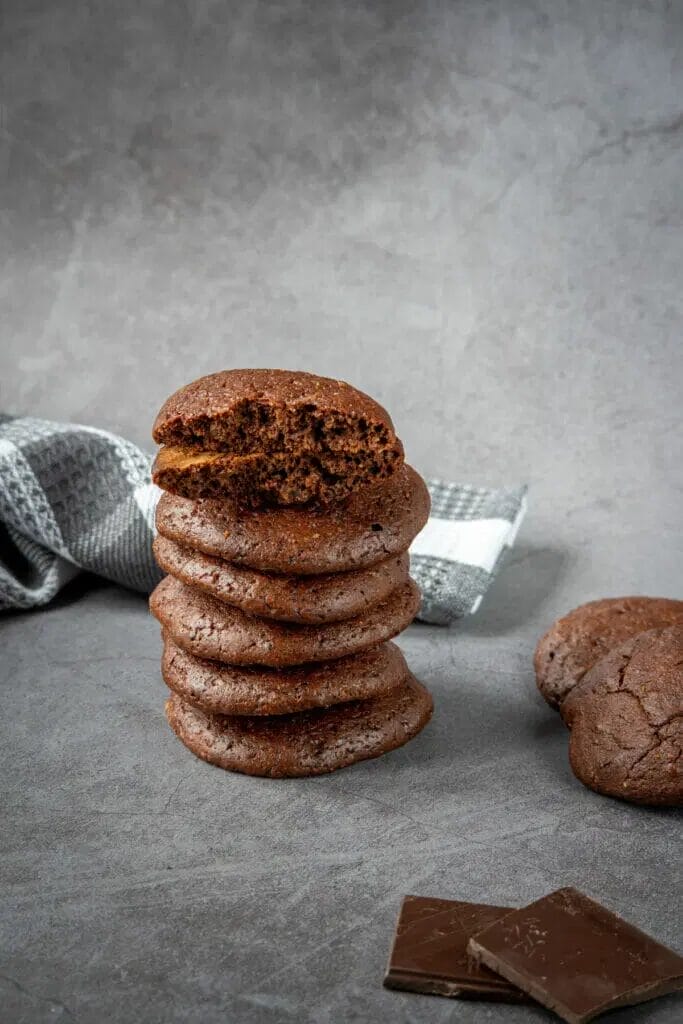
Adding shortening to cookies instead of butter can help you have a cakier cookie, which is usually softer instead of chewy.
If your recipe doesn’t use shortening, use half of the amount of butter it recommends, and then make sure the other half is shortening.
This is going to help your cookies stay soft and moist, and when you do this in combination with other tips like not overbaking and not overmixing, you’ll have yourself a deliciously soft cookie!
7. Don’t Overmix

Overmixing your cookie batter is going to aerate the cookie batter more, which causes the cookies to rise and fall in the oven and encourages spreading.
As you might have learned from this guide already, cookies that spread end up being flatter, which ends up being crispy and not soft.
You want to beat the butter and sugar together until fluffy, usually, but when you add in the rest of the ingredients, simply mixed until combined.
Don’t go crazy and try and mix out every single lump or forget what you’re doing and overmix while you’re thinking about something else!
8. Add Cream Cheese
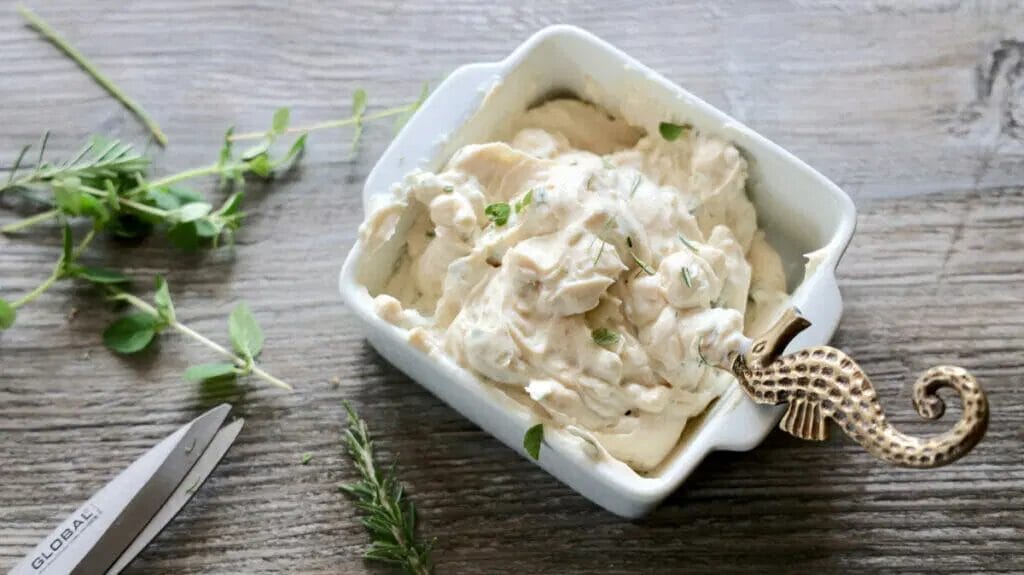
Cream cheese is another hidden element that some people find adds an extra soft component to their cookies.
This isn’t substituted for butter, but is instead used as an extra component to your batter that gives it a mouthwatering flavor (and you can’t actually taste the cream cheese, which is essential as I don’t want cheese cookies!)
If you’ve never baked with cream cheese before, we recommend finding a recipe that already uses cream cheese in the batter so you can get used to the measurements and ratios needed.
Or, if you want to live on the edge, throw in a couple of tablespoons and see how it goes!
9. Roll Thicker Slabs of Dough
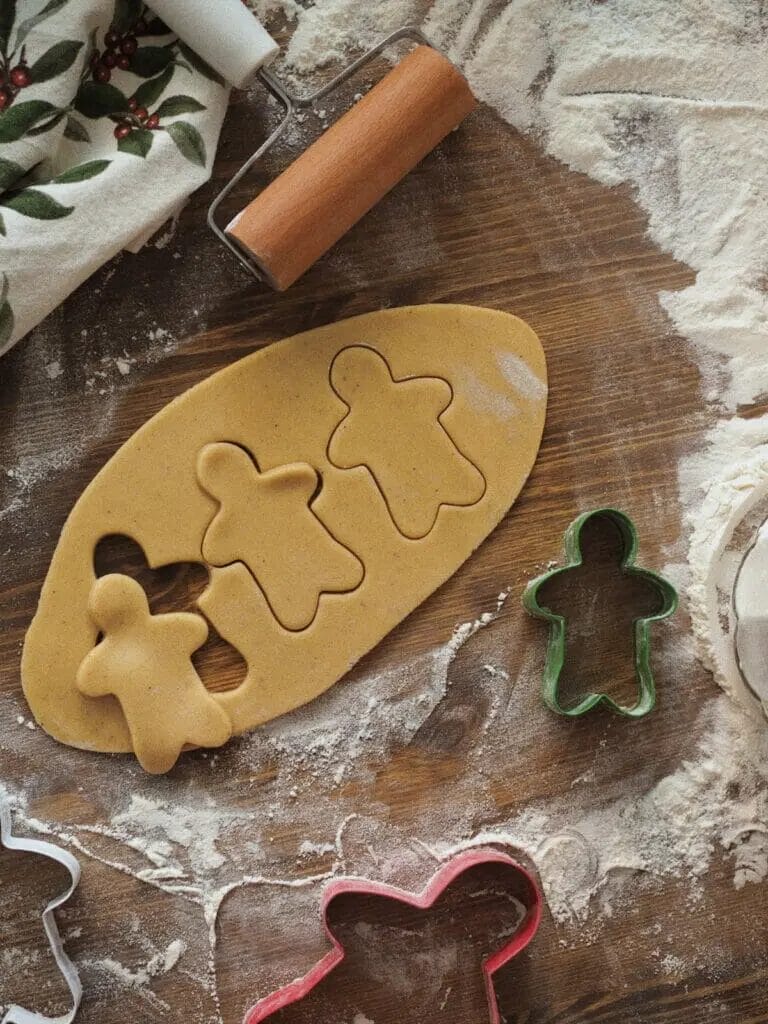
Again, if you want a soft cookie, often a thicker dough is going to give you that effect because it’s not going to crisp up all the way in the oven.
When you’re doing cut-out cookies that use a rolling pin, roll thicker slabs of dough (I use a rolling pin guide like this one to help me get an even roll) and you’ll end up with softer cookies by default.
10. Use Cake Flour instead of All-purpose Flour
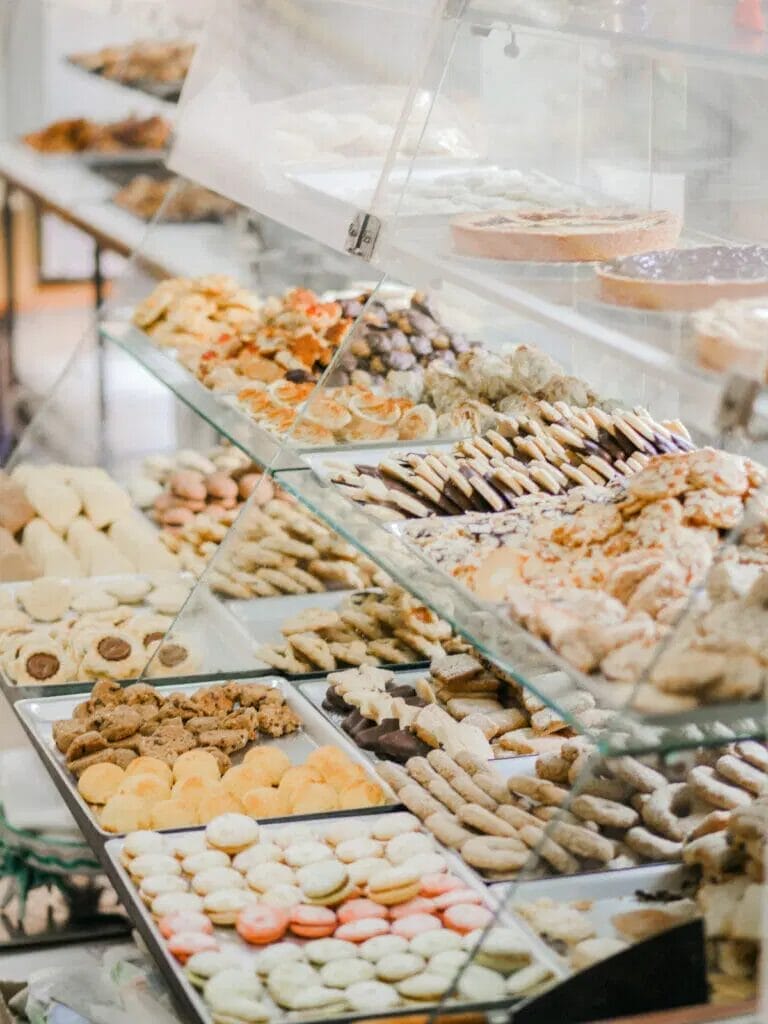
Cake flour is a great option instead of all-purpose flour to have softer cookies.
The reason?
Cake flour has less protein, which gives you a more delicate texture and airy taste.
You can either substitute all of the flour for cake flour, or, what most people do, is use half all-purpose flour and half cake flour.
11. Use Brown Sugar instead of White Sugar
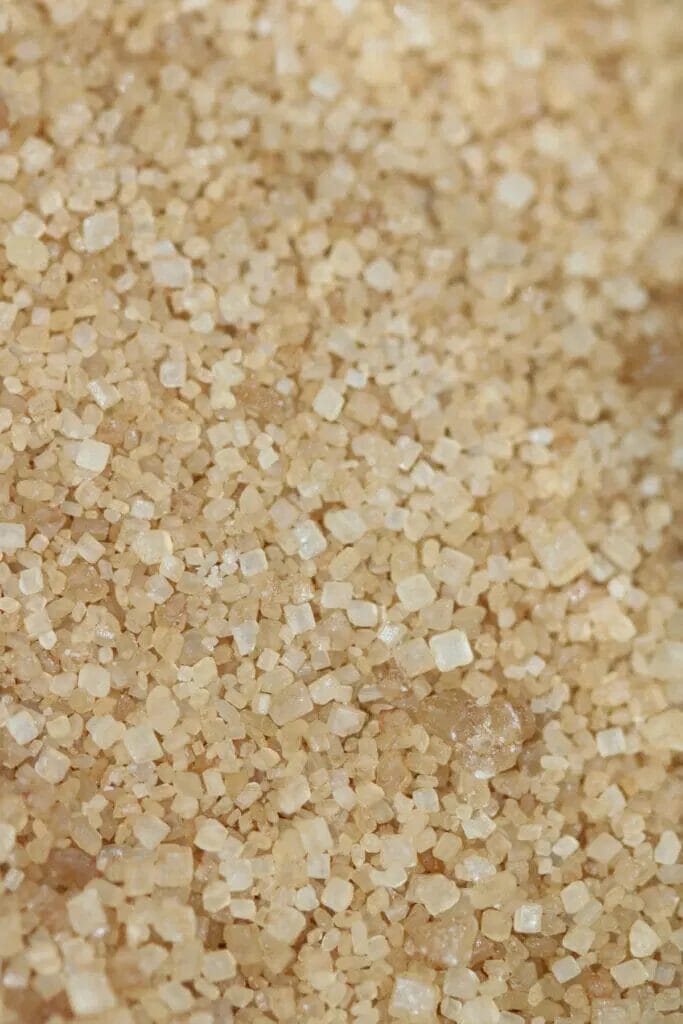
Brown sugar is going to give your cookies a more chewy texture than white sugar, which helps them to seem softer.
This is because it helps absorb and attract the liquid in the dough, keeping the cookie more moist.
No more crunchy cookies when you use brown sugar (and follow the other steps like not overbaking or overmixing!).
You can fully swap out brown sugar for regular sugar in a recipe, or do the half-and-half combination.
12. Add Molasses or Corn Syrup

Molasses and corn syrup are great additions to cookie recipes, as they’ll help make your cookies more moist and chewy.
Why does it do that?
The secret is in the fructose they contain.
This sugar is known for retaining moisture, leaving you with a lot more softness to bite into rather than a crunchy and crackly dry cookie.
Add about a tablespoon to your cookie dough and enjoy!
13. Shape into Cylinders
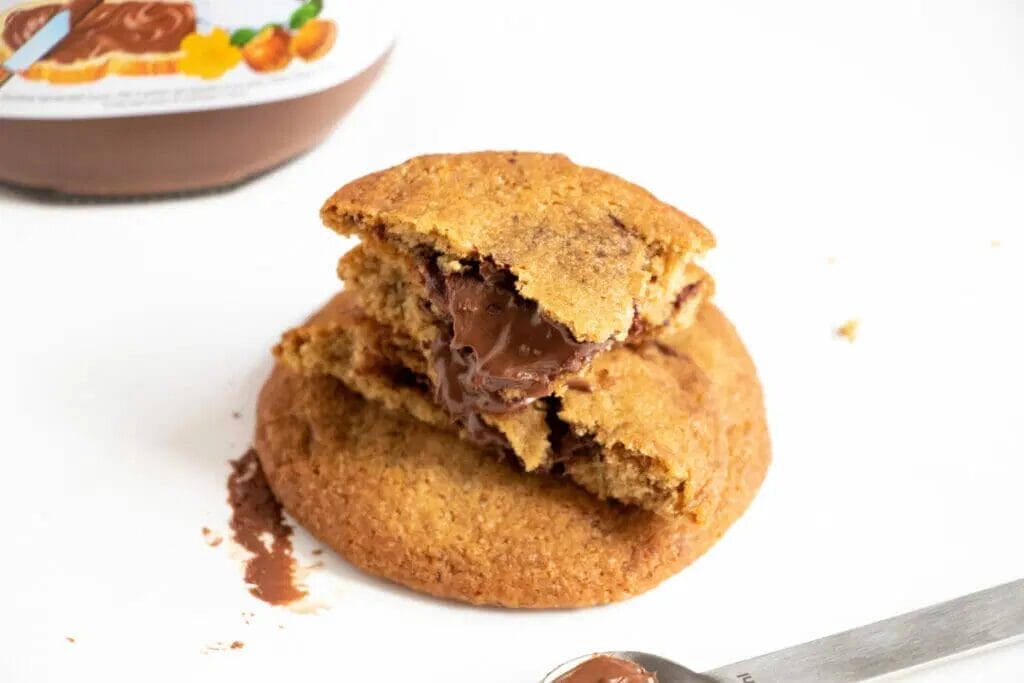
If you want soft cookies, you want thick cookies, and one way to make this happen is a little hack I learned from Sally’s Baking Addiction.
Instead of rolling your dough into balls, roll them into cylinders (and obviously bake them so that it stands up tall).
This is going to help prevent your cookies spreading and becoming flat much more than the regular ball shape, and should ensure you have thick cookies with soft middles.
